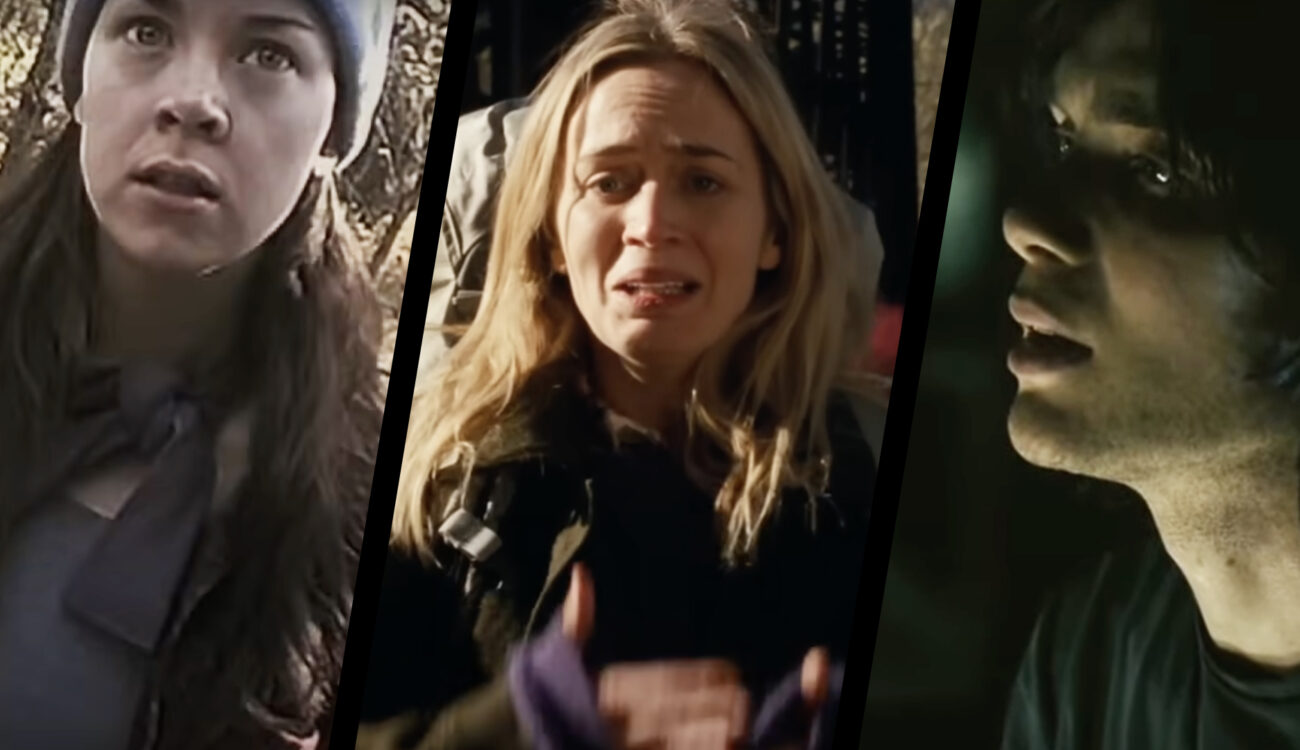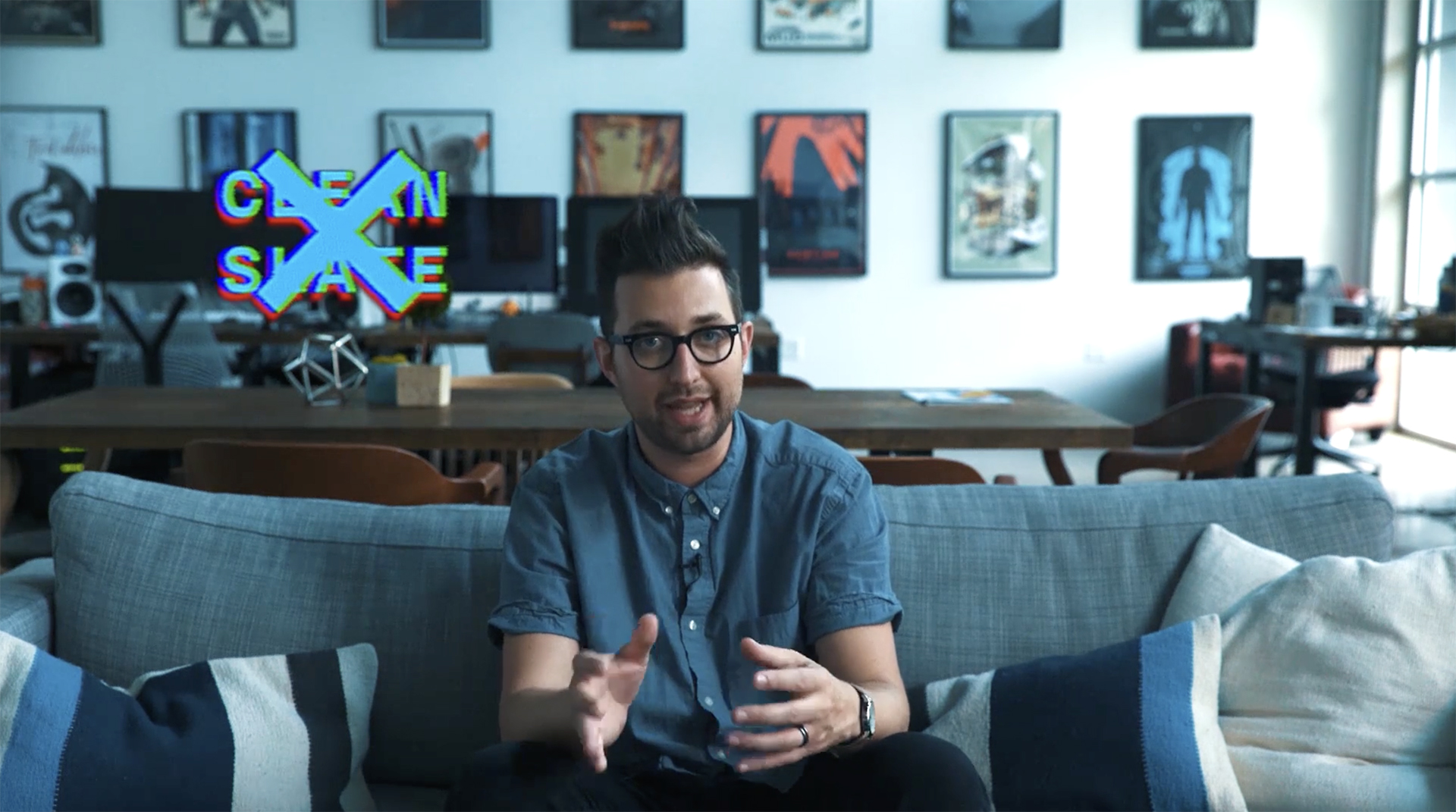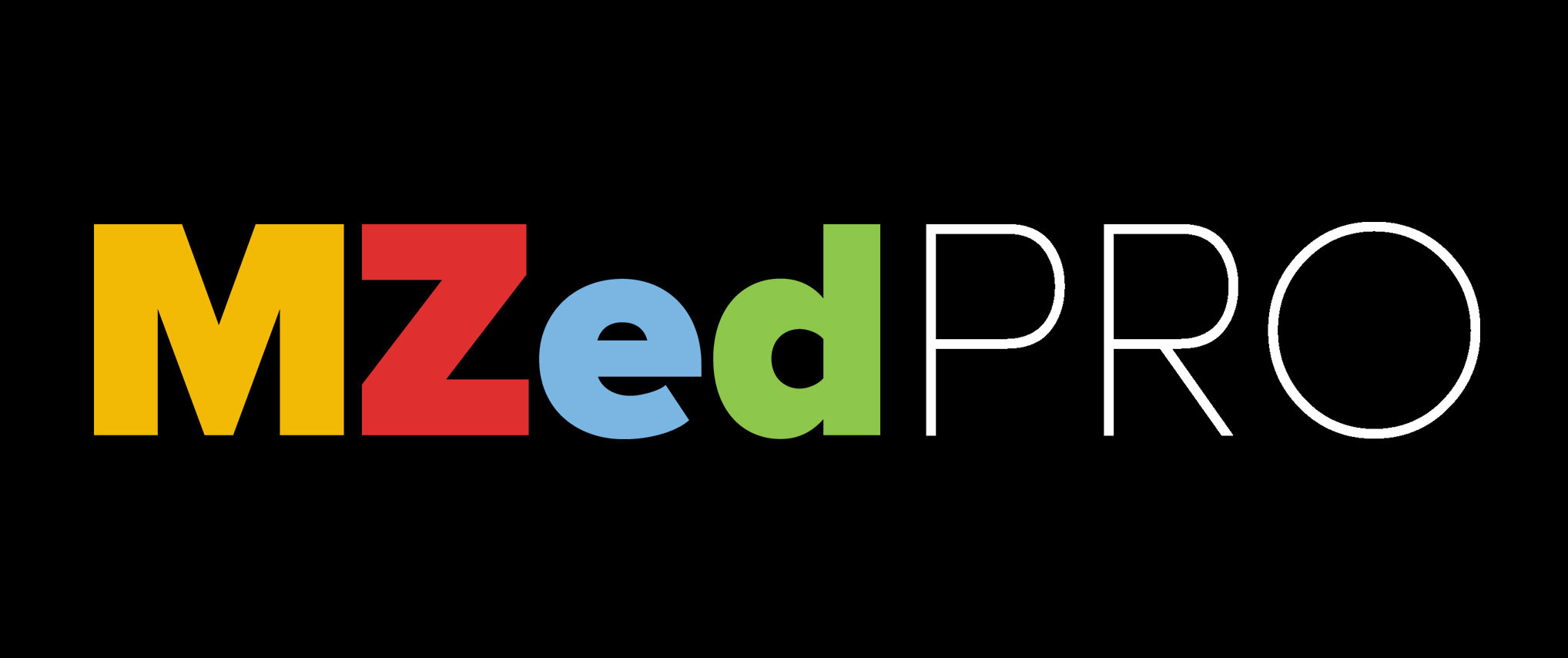
Spooky season is in full swing, and what better time to cuddle into a cozy blanket and watch something nerve-tingling? Did someone say, trick or treat? I would say: trick. Or rather: tricks. This time around, we’re going to take a look at a few different tricks to build tension in scripts. After all, this is where every film—suspenseful or not—begins.
Tension in scripts is not something that only horror films and thrillers are allowed to use. In my opinion, every good movie has a decent amount of tense moments and suspenseful twists. This is what gets our heart rates up and immerses us in the scenes even deeper—anticipation.
In this article, however, and since Halloween is approaching, we will focus mainly on horrors and thrillers and break down some of their tricks. No jump scares, though, I promise. Quite the contrary: tools to build and hold tension.
The bomb under the table
The first trick is probably the most widely known one, but it’s such a golden piece of knowledge for screenwriters that we have to revisit it. The initial idea of the “bomb under the table” belongs to the legendary director and screenwriter Alfred Hitchcock. He was quoted endlessly, so you will find hundreds of variations of his lesson. Instead of quoting, let’s listen to the master himself, while he explains the difference between surprise and suspense:
Writing 201
Conclusion? Whenever possible, the audience must be informed about the metaphorical bomb. If you can manage this, then any scene, any action, and any dialogue following will be tense. If not, you will give your viewers only mere seconds of being surprised.
A scene that follows this rule quite literally, and has also become legendary is the opening shot of “Touch of Evil” by Orson Wells:
The tension, implied by showing the bomb in the trunk within the first seconds of the film, grows bigger and bigger, thanks to a beautifully conducted long take. But that’s a whole other topic. If you want to know more about this visual tool and how it works, head over here.
Building tension in scripts: starting with the normal world
Actually, let’s make a short segue into the theory and talk about film openers. How does any story begin? And why is it important for building tension? In his MZed course “Writing 201,” seasoned director and writer Seth Worley breaks down the classical 3-act structure and puts his own twists on it.
The first act, usually called “The Normal World”, is about establishing your character’s normalcy. Seth explains that for the longest time, he mistook this for a clean slate. He would write something boring and uneventful, to make the inciting incident shine bright in contrast. His misconception was that the adventure brought the story.

But in reality, the story starts in the very first frame. And while as a writer you have an exposition to-do list (introducing the hero, defining their weakness, stating a lesson they need to learn, etc.), it doesn’t mean it should be “boring”. On the contrary, here lies the big potential for a tension-building process to brew. Seth likes to treat the opening section as a short film within a film. He figures out a mini-story that will take the hero through each of the exposition checkpoints.
Let’s observe this theory in “A Quiet Place” example (as we will need this film for our next trick). Within the first act, viewers see the “normal world” of the characters, which is very far from the common “normality”. A family of five lives in a post-apocalyptic scenario, inhabited by sightless aliens. These eerie creatures have an acute sense of hearing and hunt humans. So since the family cannot make any loud noises, they start using sign language to communicate with each other. But how do we know all this from just watching the film opening with only scarce dialogue? Through a mini story of one of the sons Beau and his loud toy.
Setting the rules and letting the characters break them
Do you remember this bitter arc? The family goes for supplies, and Beau finds a toy space shuttle. Although his father makes him leave it behind due to the noise it would make, Beau finds a way to sneak the toy with him. At that point in the film, we—viewers—don’t know for sure, why the sounds can be dangerous, but the suspense is already there. Why? Because the son does something that his father had clearly forbidden.
In the next scene, we get our explanation:
So, what do the film’s creators achieve with such an opening story? Firstly, they establish the “normal world” of the characters. Secondly, they explain the rules to us, according to which this world works. Lastly, they show what happens, when the characters break these rules.
This trick puts us on edge for the rest of the movie. As soon as the audience knows that making noises attracts brutal creatures that kill humans, all the writers need to do is put the characters into situations, where it’s close to impossible to stay silent. For instance, going into labor. Tense? Oh yes. As you see, the anticipation of a catastrophe is scarier than the catastrophe itself.
“Don’t show” as a trick to build tension in scripts
And that brings us to another trick. Probably, everyone knows the “Show, don’t tell” rule in writing (in any kind of writing, actually). But the tool that helps build tension takes a step even further and goes literally: “Don’t show”. Not too long ago, I watched the sci-fi movie “Sunshine” by Danny Boyle from 2007, and found an interesting use of this trick. Please, skip the next paragraph, if you haven’t watched the film and want to avoid spoilers. All set? Then, let’s take a look at one of the scenes together:
Already tense, right? Someone unknown has gotten onto the ship. We quickly realize together with Cillian Murphy’s character that this someone is the captain of the first Icarus mission, whom everyone believed to be long dead. The sun destroyed his skin to the point where he resembled the living dead. But that’s not what makes him scary. For the remainder of the film, we never see the captain properly. Filmmakers either frame him in extreme-closeups, or super wide shots or blur him out into an unrecognizable figure. Not being able to properly face the villain makes us a lot more anxious, doesn’t it?

Film stills from “Sunshine” by Danny Boyle, 2007 


The noise in the dark
Do you know, what horror film utilizes the “don’t show” trick to the fullest extent? This movie from 1999, which became a phenomenon, is called “The Blair Witch Project” by Daniel Myrick and Eduardo Sánchez.
It doesn’t have any fancy VFX or crazy prosthetic monsters, but the way the creators tell this ominous story can scare you half to death. Setting apart the unconventional (at the time) camera approach, what else makes this film special? We never actually see the witch.
Together with the characters, we encounter weird things: piles of stones; bundles of twigs, and unsettling stick figures. We also hear the noises. Yet we can’t place them for sure, and it builds tension. As Roger Ebert brilliantly puts it in his review of “The Blair Witch Project”:
“At a time when digital techniques can show us almost anything, “The Blair Witch Project” is a reminder that what really scares us is the stuff we can’t see. The noise in the dark is almost always scarier than what makes the noise in the dark.”
A quote by Roger Ebert from his film review (1999)
Of course, all this is just the tip of the screenwriting iceberg. Nevertheless, these tools work, so we should know how to use them. And what are your favorite ways to build tension in scripts? Let’s share some trick-or-treat stories in the comments below!
Feature image: film stills from “The Blair Witch Project”, “A Quiet Place”, and “Sunshine”.
Full disclosure: MZed is owned by CineD.































